Top 9 Songs of Spring
With the arrival of Spring, we will look at some of the great rock songs that explicitly mention or implicitly conjure images of Springtime. We countdown this subjective list from #9 to […]
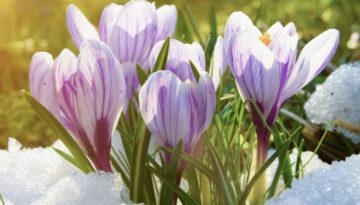
With the arrival of Spring, we will look at some of the great rock songs that explicitly mention or implicitly conjure images of Springtime. We countdown this subjective list from #9 to […]

This week Classic Rock Review joins the celebration of the 45th Anniversary of the historic 1969 Woodstock Music Festival. In conjunction with Top 9 Lists, we present a list of the Top 9 […]
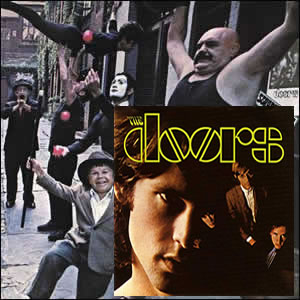
Buy The Doors Buy Strange Days I have been a fan of The Doors music since I was about 12 or 13 and have constantly gone back and forth over which is their […]
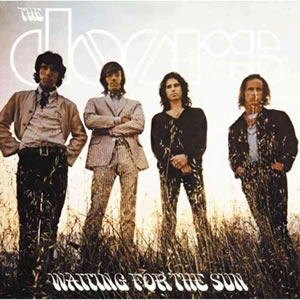
Buy Waiting For the Sun The Doors third album, Waiting For the Sun, is probably the weakest of their six original studio albums. Lead vocalist and lyricist Jim Morrison admitted that he was […]
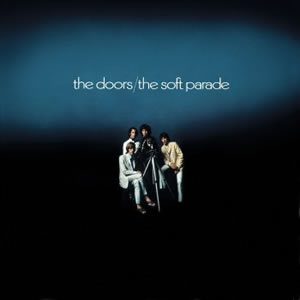
Buy The Soft Parade 1969 was a tumultuous year for the The Doors. The main incident which caused their collective headache happened in Miami in March when vocalist Jim Morrison was arrested for […]
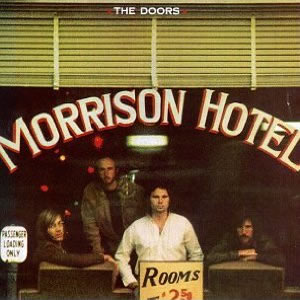
Buy Morrison Hotel Although its actual title has long been in dispute, Morrison Hotel turns out to be an aptly named album by The Doors. Lead vocalist Jim Morrison was involved in composing […]
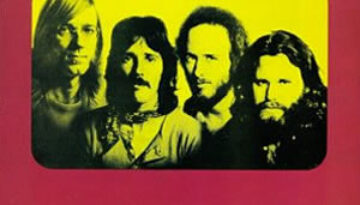
Buy L.A. Woman L.A. Woman, is the final Doors album with lead singer and poet, Jim Morrison. This album encompasses a mixture of blues, funk, and rock while maintaining a sound that is […]